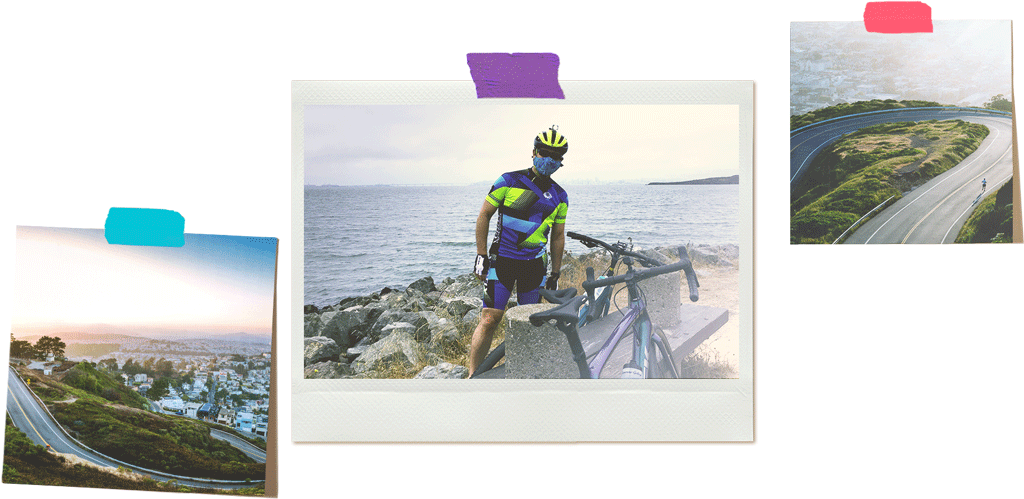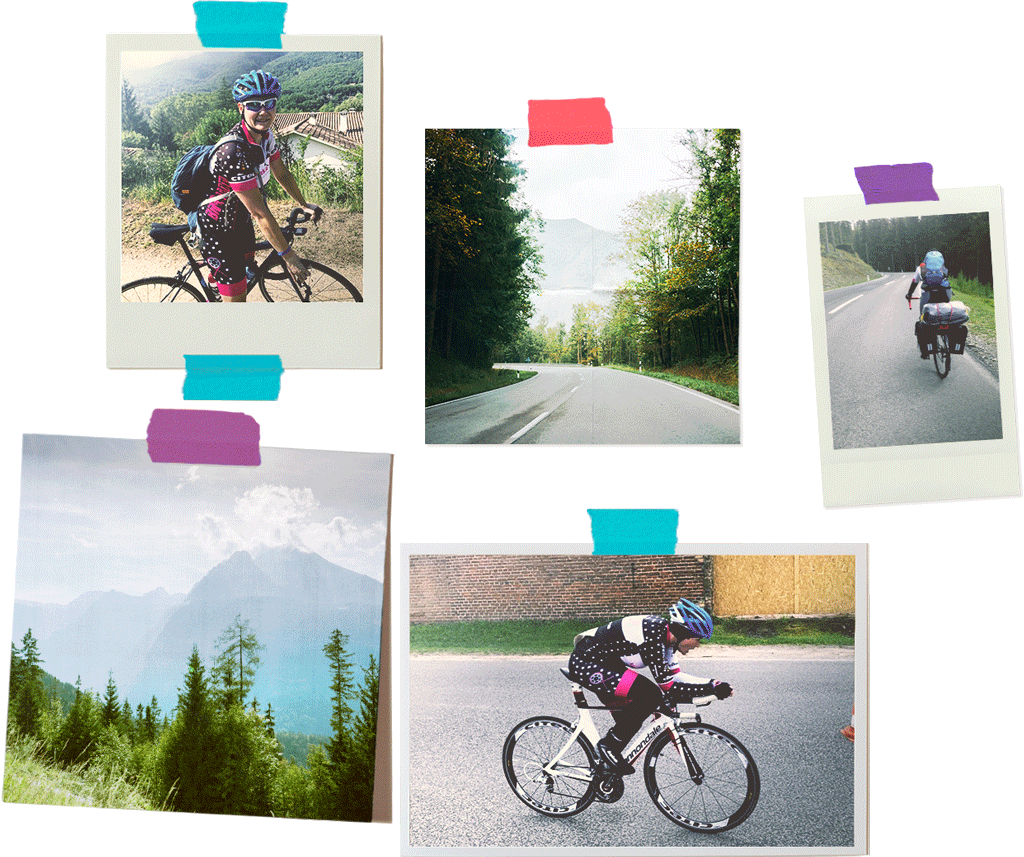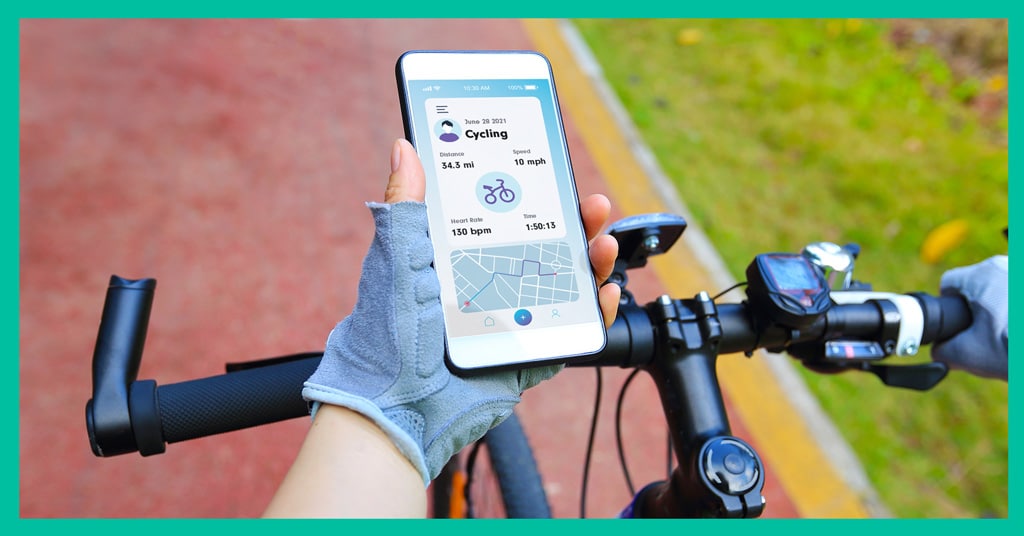The sport of cycling is packed with contention between “purists” and advocates of new technologies. The introduction of derailleurs, race radios, and, most recently, disc brakes have all spurred heated debates on racing fairness, tactical advantages, and the crux of cycling.
Digital data is no different. Some say pro cyclists have become so concerned with their power meter they lost the instinct of racing. While scientists explore the veracity of this claim, one thing remains clear: data is changing cycling.
Do it like the pros
Professional cyclists collect stupendous amounts of data. Power output, cadence, speed, heart rate, nutrition intake, and even sleep data are all captured and harnessed to continuously improve rider performance.
“Every second of training, we gather data,” said Mathieu Heijboer, head of performance for Team Jumbo-Visma, one of the world’s top racing teams.
In a video interview, Heijboer explains how Team Jumbo-Visma uses Garmin cycling computers to collect training data and build pacing strategies for the world’s biggest races.
Cycling computers are small devices that connect to a cyclist’s handlebar to display and store real-time information such as speed, distance, and trip time. High-end models offer advanced GPS navigation tools. These tools help cyclists route their training path, see the slope of a climb or the exact curve of descent, and plan how to most efficiently use their power.
Anyone can crunch numbers
Garmin was the first company to bring GPS to the cycling computer market. “When a cyclist buys an Edge cycling computer from Garmin, we want to give them the performance insight they need to stay motivated and improve while giving them the bike-specific navigation intelligence to help them ride like a local,” said Andy Silver, lead product manager at Garmin.

For amateurs, cycling’s long distances have made progress hard to track. “When I started cycling, we had no way to tell how fast we were riding or how far,” said Russell Ruben, the global automotive segment marketing director at Western Digital.
Ruben is an avid cyclist and an embedded flash storage expert. Seemingly unrelated, these two worlds have become very intertwined.
“I get excited about being able to track what I’m doing [on my bike] because it helps to motivate me,” said Ruben. “And I also know that none of this would even be possible without the small form factor of NAND flash,” he said.
Cycling data technology has evolved to be much more than just about real-time training. Dozens of different cloud-based apps allow cyclists to log ride data, extract insights, and connect to millions of riders around the world. “Following my biking friends thousands of miles away helps us encourage each other and gives a sense of community,” said Ruben.
Cycling around the world
Dr. Ann Lau, a dentist from Berlin, estimates that she has already ridden 125,000 miles. “That’s 5 times around the Earth, just using my two legs,” she said.
“I start at 3 a.m. in Hamburg and arrive in Berlin in time for dinner”
Lau is a long-distance rider. She spends her weekends cycling and her vacations crossing the country, or the alps, with just a tent and a sleeping bag on her bike. “For me, cycling is about experiencing nature, the open fields, and the horizon,” said Lau. “It’s about finding strength within myself to get through instead of giving up,” she said.
But as romantic as the thought of riding into the sunset is, it requires a lot of planning. Lau used to rely on copying pages of a world atlas and notes she’d tape to her handlebar. But after one trip ended early with her getting terribly lost, she moved from the purist camp to the GPS-assisted one.
Today, Lau looks to online tools to get insights on route difficulty, quality, and surface type. She could even plan her 800-mile cross-country tour around artisan bakeries. “One of the best things about cycling is the cake break,” she said.

Keeping rubber on the asphalt
Both Lau and Ruben cycle early to avoid traffic. “Safety is a huge concern,” said Ruben. His work focuses on storage technologies that power the next generation of smart cars and he’s hopeful there will be change. “Sensors and real-time data will be key to improving road safety,” he said.
Companies like Garmin are also trying to find solutions. “We want to help cyclists – whatever type of rider they are – feel confident by giving them a suite of safety-focused features and accessories that help them see and be seen,” said Silver of Garmin.
For Lau, new tools like Garmin’s bike radars, which help cyclists detect approaching cars, have a special meaning. Three years ago, a member of her amateur women’s cycling team had a head-on collision with a vehicle, leaving her in a persistent coma. Lau’s teammate is hard of hearing and was one of Europe’s top deaf cyclists. “I can’t help but wonder if these new technologies could have helped her, and other hard of hearing riders, to steer safe,” said Lau.
As cities look to encourage more cycling, safety is a rising issue. The massive datasets collected by cyclists and stored in the cloud can offer insights into how cyclists use roads and how to make them safer. But it’s going to take efforts from everyone – cyclists, city planners, and drivers – to make the much-needed change.
A pure experience
Data has changed cycling. Whether training, exploring, or commuting, data’s impact on cycling is undeniably positive. And while it’s packed with the cutting-edge tech of NAND chips, sensors, and touch-screen devices, it’s ultimately empowering more people to enjoy the simple and pure experience of riding a bike.



